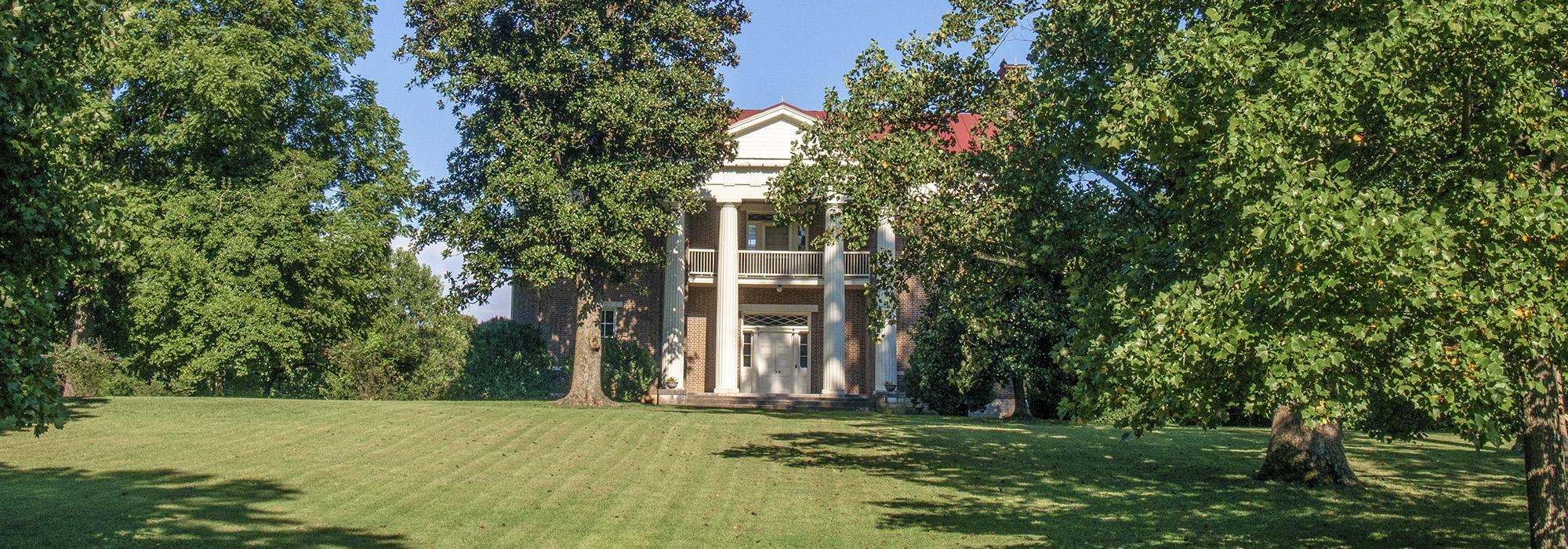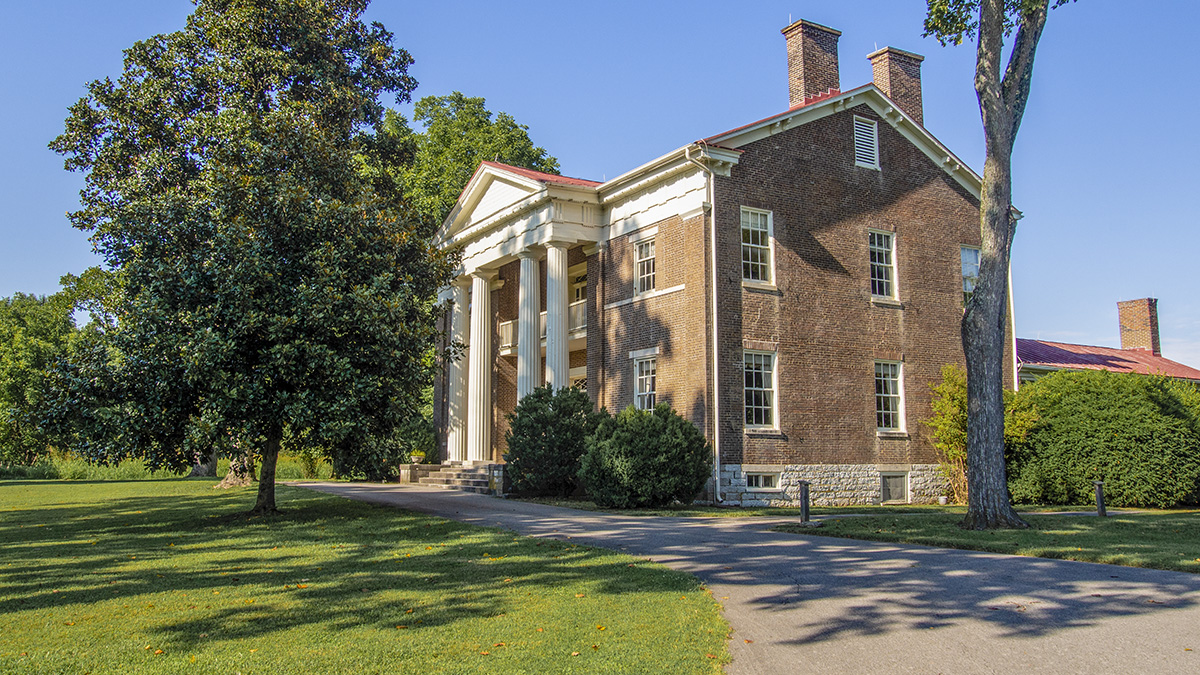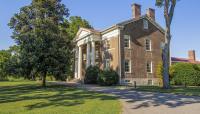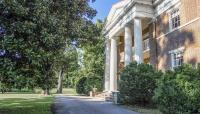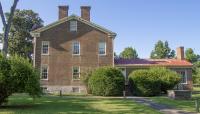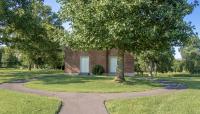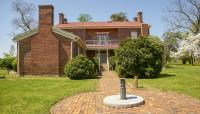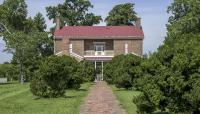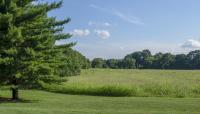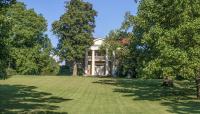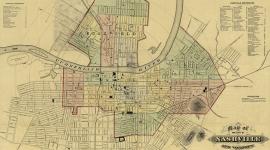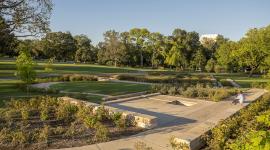Landscape Information
This estate once belonged to Andrew Jackson Donelson, the private secretary of President Andrew Jackson and nephew of President Jackson’s wife, Rachel. The Greek Revival mansion designed and built by William Hume and Joseph Reiff in 1833 initially formed the nucleus of a 1,000-acre cotton plantation. The estate was sold in 1858 and passed through a series of owners, its extensive farmlands eventually subdivided and developed. The Ladies Hermitage Association (now the Andrew Jackson Foundation, which administers The Hermitage) began to lease the mansion and 26 acres in 1964, subsequently acquiring an additional 25 acres to the east and south.
Rachel’s Lane, a paved road, approaches the site from west, passing beneath the four-lane Lebanon Pike and terminating in a tear-drop-shaped roundabout in front of the mansion. An asphalt lane heads southeast from the roundabout to a paved parking lot. Commencing at the rear of the mansion, and on-axis with the entrance road, a brick-paved walkway leads to a crescent-shaped arbor flanked by rectangular grass panels outlined in brick and aligned on a north-south axis. Another paved road branches south from the entrance drive, passing through a small parking area before terminating in a circle outside the Hermitage Chapel (built in 1823), southeast of which is the Donelson family graveyard. Farther east is a cemetery containing 483 graves of Confederate veterans, which spiral around a central, granite monument. North of the cemetery, a memorial designed by sculptor Lee Benson marks the common grave of 61 enslaved persons whose remains were excavated from adjacent plantations and interred here in the late 2000s. Native trees populate the grounds, including oaks, poplars, and pines, and buffer the site from tracts of housing on the east and west. Tulip Grove Mansion was listed in the National Register of Historic Places in 1970.



